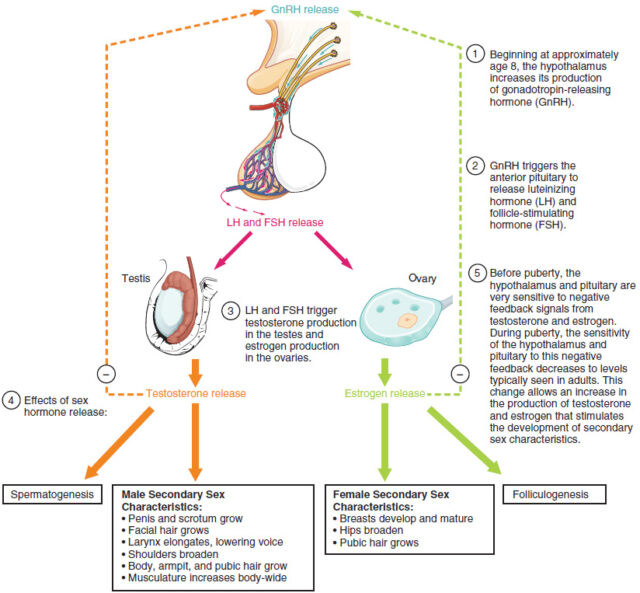Last Updated on March 8, 2024 by admin
The hormone replacement therapy (HRT) field has long been considered a medical black hole. There are thousands of hormones and biomolecules that all interact concurrently. When one variable in the equation is changed, the whole body might be thrown off balance. There are a lot of guys that utilize testosterone treatment and end up with terrible experiences because they either didn’t know what they were doing or their doctor didn’t know what they were doing.
However, we think there is one therapeutic peptide that may help males achieve optimal testosterone levels (and females). Kisspeptin-10 for sale is the term given to this hormone optimization chemical, and we’ll tell you all we know about it in this post.
Kisspeptin: What Is It?
An amino acid neuropeptide recognized for its cancer-fighting properties; The KISS1 gene encodes Kisspeptin in the human body. From a much bigger protein that is broken down in the human body, it dates back to 1996. Known initially as metastin, the KISS1 gene encodes a hydrophobic 145 amino acid protein that can be broken down into a 54 amino acid protein that inhibits cancer metastasis.
This suggests that proteins with short half-lives, such as 145 or 54 amino acids, are predisposed to ubiquitination and proteosome breakdown as proteolytic bi-products of a similar precursor protein encoded by the KISS1 gene, the 54 amino acid metastin and the smaller peptides (10, 13 and 14 amino acids) were jointly termed kisspeptins.
When it comes to Kisspeptin-10, we’ll be mainly concentrating on it since it’s the most well-researched byproduct of the original amino acid protein. Additionally, the hypothalamus produces Kisspeptin, which encourages neurons to generate gonadotropin-releasing hormone (GnRH). That’s not all, however. The pancreas, testes, ovaries, and placenta are all sources of hormone production. Kisspeptin and its receptor, GPR54, play a crucial role in puberty and fertility.
LH [leuteinizing hormone] production is not stimulated by Kisspeptin in GPR54-deficient mice, resulting in the absence of fertility. GPR54 and GPR54 are critical for animals to reach puberty and get pregnant. The bulk of kisspeptin research has been done on animals that have a pretty constant reproductive function to this point (e.g., laboratory mice and rats, monkeys)
Mechanism of Action for Kisspeptin
When the hypothalamus (the brain region that links the endocrine system with the neurological system) receives a chemical signal from the brain telling it to begin producing testosterone, the testosterone manufacturing process starts.
A chemical messenger known as gonadotropin (GnRH) is released by the hypothalamus and reaches the pituitary gland (the brain segment that controls other hormone glands in the organism).
The pituitary gland releases LH and FSH in response, resulting in the pituitary gland producing two hormones (FSH). The Leydig cells in the testicles are activated by these hormones, resulting in testosterone production. The body’s natural process of restoring hormonal balance ensures that testosterone production never goes overboard:
HPTA (hypothalamic-pituitary-gonadal axis, or HPGA) is the name given to the negative feedback loop that tells the pituitary that there is enough testosterone available in the body. This is referred to as the HPTA negative feedback loop.
Finally, FSH production declines when pituitary hormones are slowed down. There are a variety of metabolites that perform vital roles in the breakdown of testosterone. Kisspeptin plays a role in this cycle by promoting the release of GnRH and sustaining the release of FSH and LH that occurs as a result. According to research, Kisspeptin promotes GnRH release after binding to its receptor on the GnRH neurons. GnRH further stimulates gonadotrophs in the pituitary gland to release FSH and LH into the bloodstream.







